Hello Hivers,
Happy Lunar New Year 2021 and Happy Belated Valentine's Day!
Scaling down crocheting from my usual five millimeter hook to a two point two millimeter hook was a completely brand new experience of the next level. I think I will need a pair of magnifying glasses in the future to get the work well done. Now I can totally understand the pain of making amigurumi! 🤣
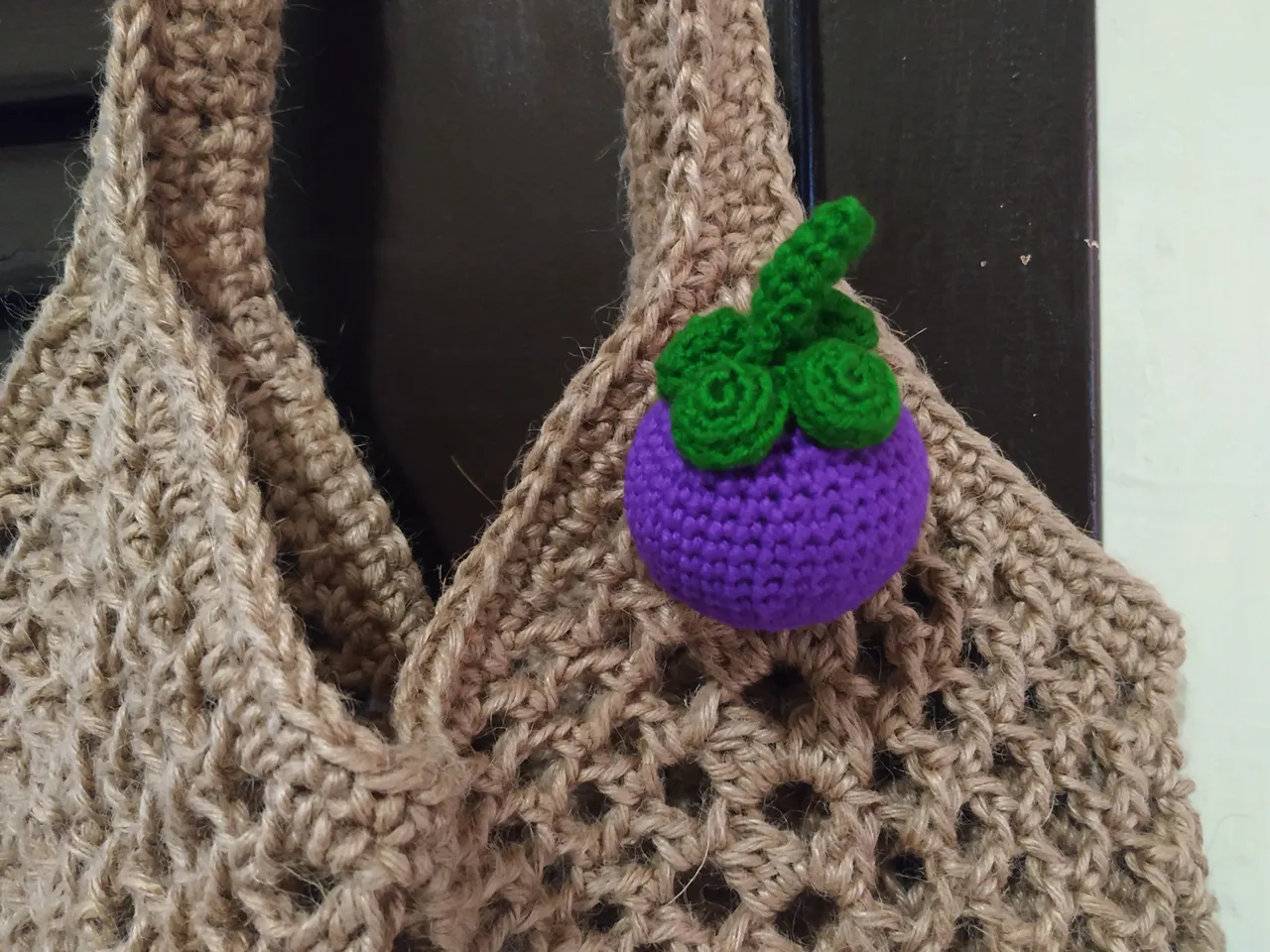
Mangosteen is the queen of fruits. The scientific name of this fruit is Garcinia mangostana. It is a very delicious seasonal fruit native to South East Asia. A refreshing, sweet and sour delight extremely appetizing in our hot and humid weather. My favorite fruit among all tropical fruits in Malaysia.
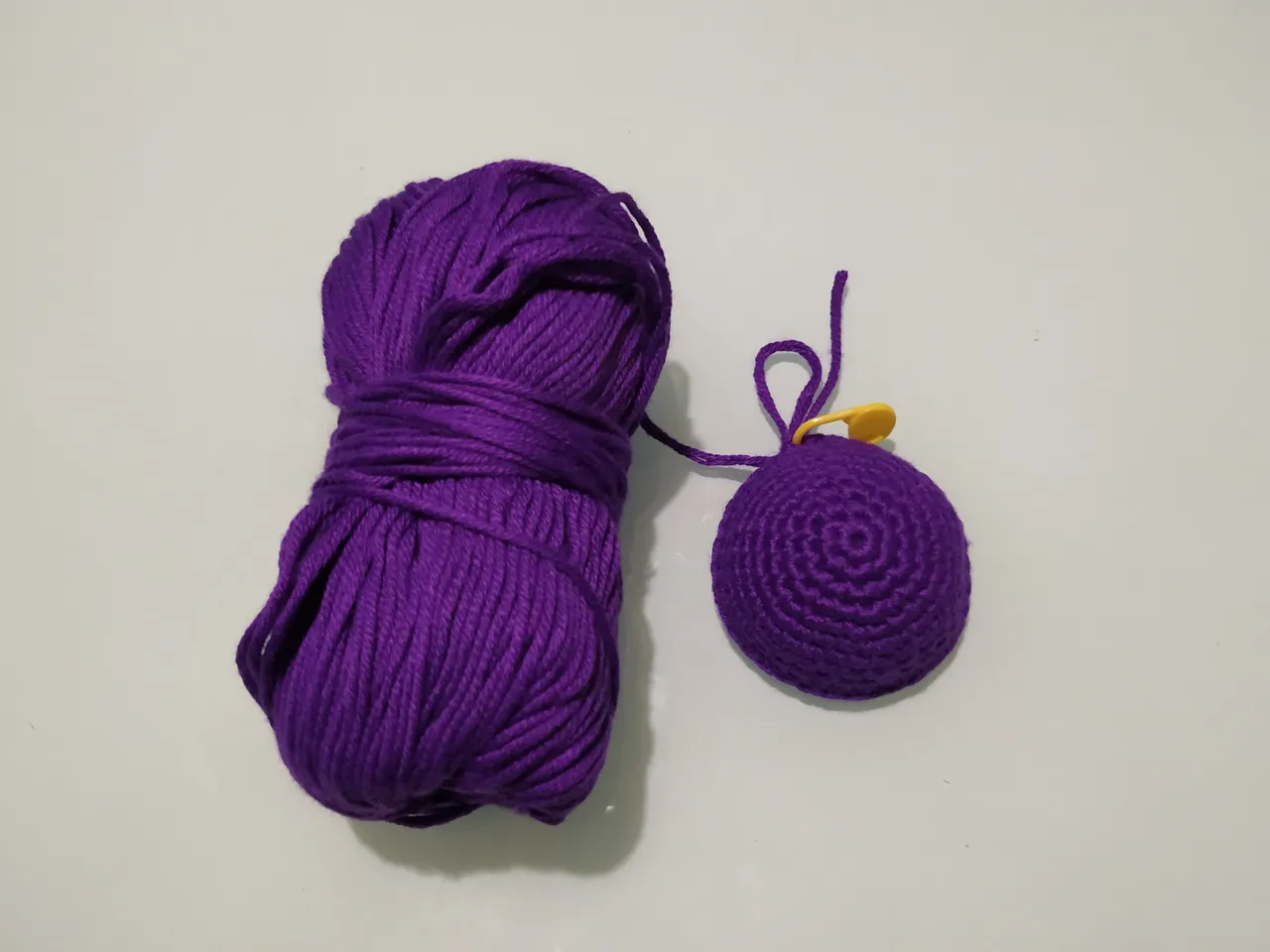
Do you know that one mangosteen fruit can fetch up to USD1.50 in Japan? When my friend who was finishing his PhD in Japan told me about it, I felt like sending a whole truck load to him. It might last him into several lifetimes! 🤣

Actually the skin of mangosteen contain higher level of Vitamin C than the white pulp. If you are able to produce a delicious drink out of the skin, you'll make a lot of money. The skin of the mangosteen fruit is also an important natural dye.
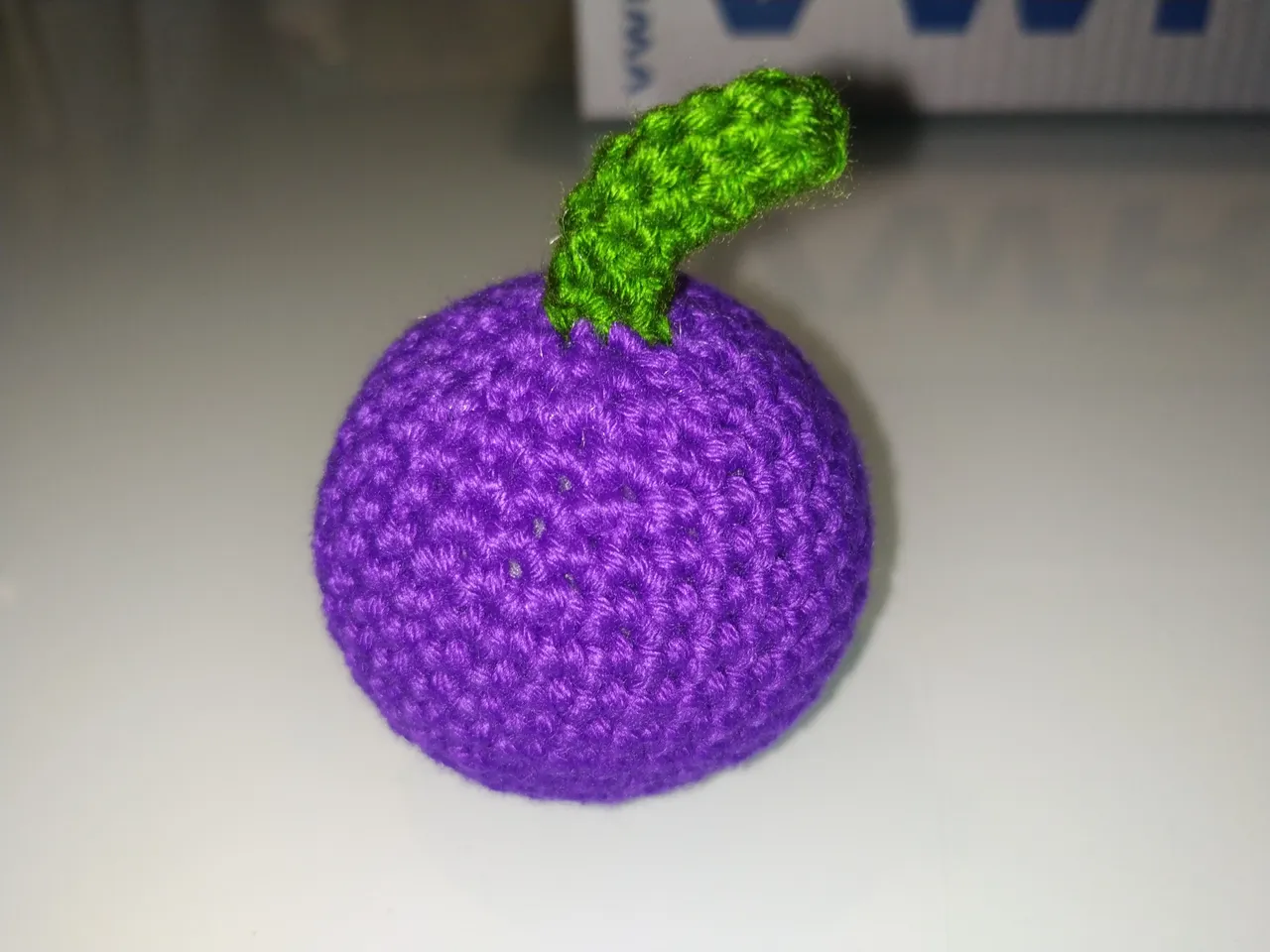
To make this mangosteen amigurumi even more outstanding and eco-friendly, one can switch to using bamboo yarn instead of the common hundred percent cotton yarn. There is a lot of hype these days using materials that are easily biodegradable. This project has been a truly eye-opening experience for me. By the way, I spent Valentine's day devouring buttery croissants and crocheting a mangosteen amigurumi.

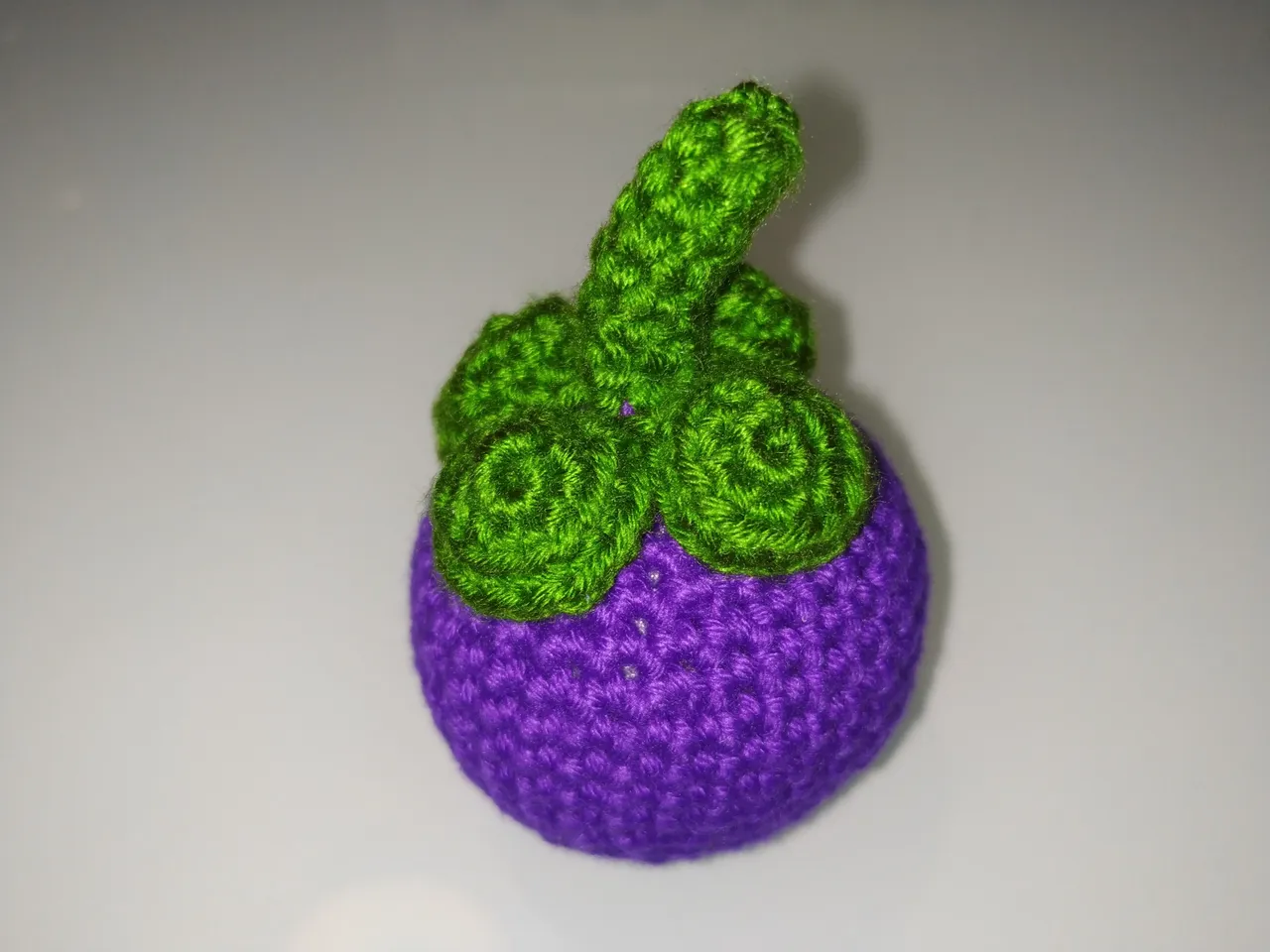
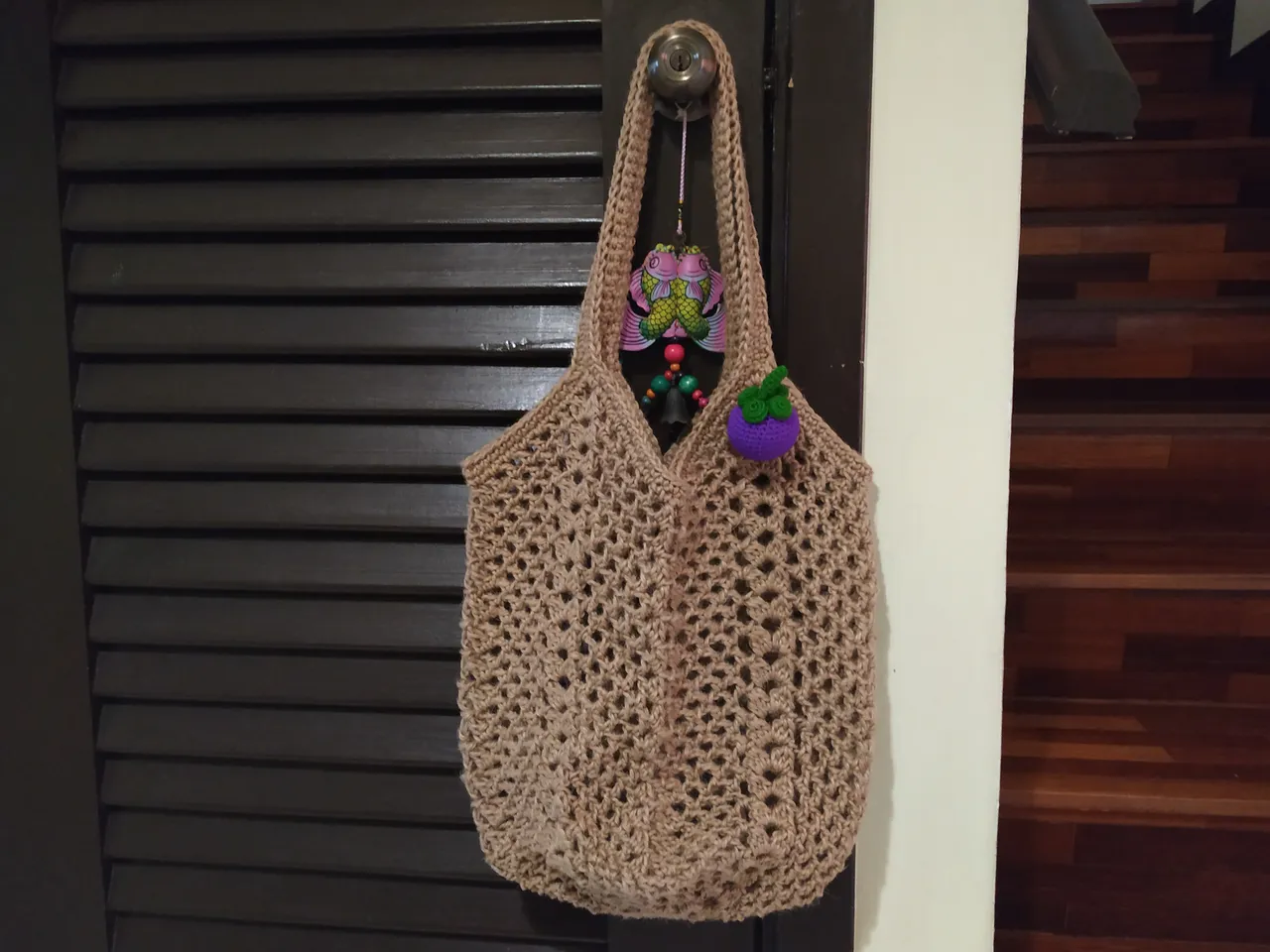
Have you ever tried a mangosteen fruit?
Thank you for stopping by!
Cheers,
Wheat
